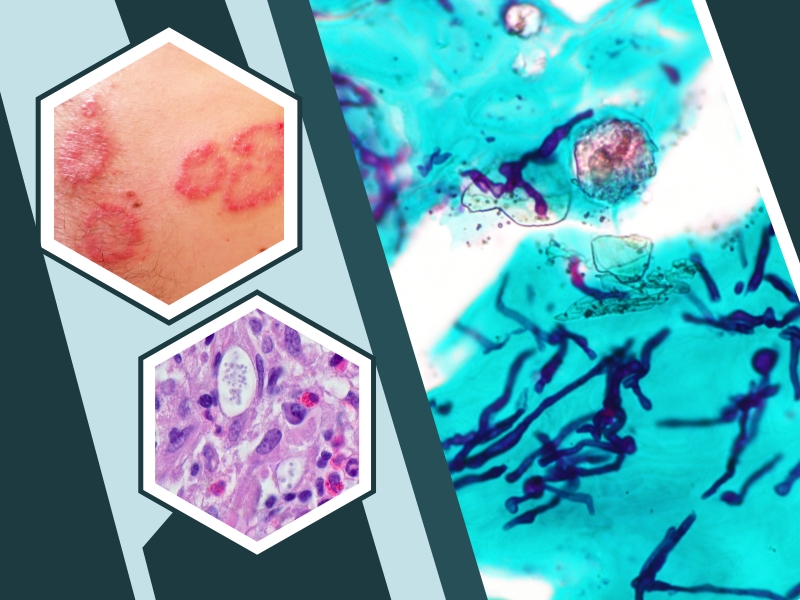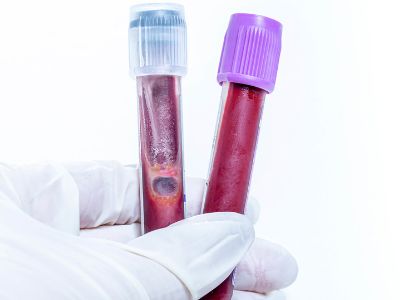Fungal Infections

Fungal infections can affect anyone, and they can affect a wide range of body parts. This infection can be caused by a variety of fungi. Occasionally, fungi that are normally present on or inside your body can multiply out of control and lead to an infection.
Infections caused by fungi can be contagious. They can be transmitted from person to person. Disease-causing fungi can also be caught from infected animals or soil that is contaminated. If you develop signs or symptoms of a fungal infection, make an appointment with your doctor.
Types and Symptoms of Fungal Infections
1. Athlete’s foot
It’s a type of fungal infection that can affect the skin on your feet, as well as your hands and nails. The infection is caused by dermatophytes, a group of fungi that can thrive in the warm and humid areas between your toes.
Common symptoms may include:
- Itching, stinging, or burning sensation between your toes or on other parts of your foot
- Crack, peel, or blister on the skin
2. Jock itch
It’s a fungal infection that can affect the skin on your groin area, as well as your inner thighs and buttocks. This type of infection mostly affects men and boys, but women and girls can develop it too.
The symptoms of Jock itch are:
- Changes in skin color
- Flaking or cracking skin
- Itchiness
- A burning feeling
- Redness
- A rash that gets worse when you exercise

3. Ringworm
This affects the skin and scalp. Ringworm is also part of a group of fungi that grow on the skin, particularly in damp and humid parts of your body. This usually starts as a scaly, itchy rash. Over time, patches of ringworm can spread and form red rings.
4. Yeast infection
It is normal for lesser quantities of candida Albicans to be present on your skin and in your body. But when these fungi grow too much, they can cause an infection known as a yeast infection. In women, vaginal yeast infections are relatively common. They can cause:
5. Onychomycosis, or fungal infection of the nail
This usually starts as a small light-colored spot on your nail. Over time, it can cause your nail to become thicker and more brittle.
Common symptoms may include:
- Thick or brittle nail
- Lifting off the nail bed
- Flakiness or crumbling of the nail
- White or yellow streaks under the nail
- Scaling under the nail

Diagnosis for Fungal Infections
Diagnosis of fungal infection will begin with a physical exam and discussion of your symptoms. For fungal infections affecting other parts of the body, your physician may take a sample of bodily fluids, including:
- Blood
- Vaginal secretions
- Sputum
- Urine
- Cerebrospinal fluid
In some cases, your physician may take a biopsy of the affected organ. In the case of fungal masses in the respiratory system, an X-ray can help determine the amount of tissue damage.
Treatment and Medication for Fungal Infections
Some types of medications can reduce your body’s ability to ward off fungal infections. For example, antibiotics destroy helpful bacteria along with harmful bacteria. Antibiotics you can use include:



